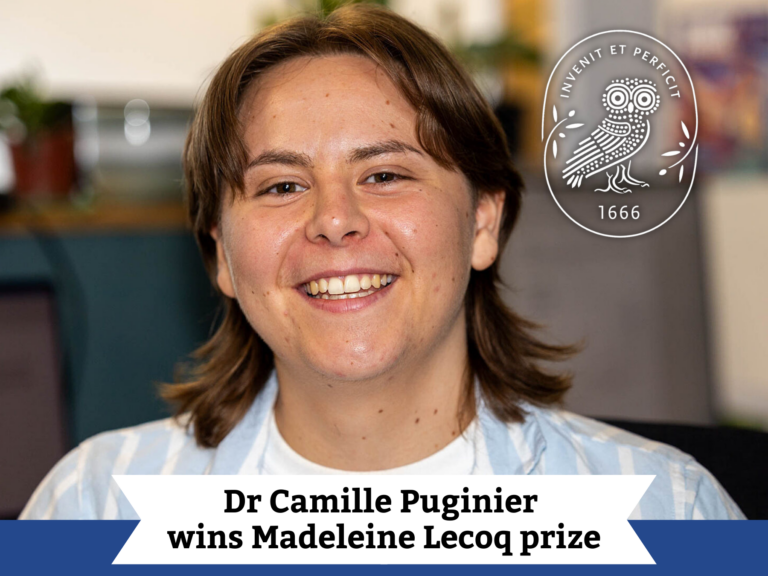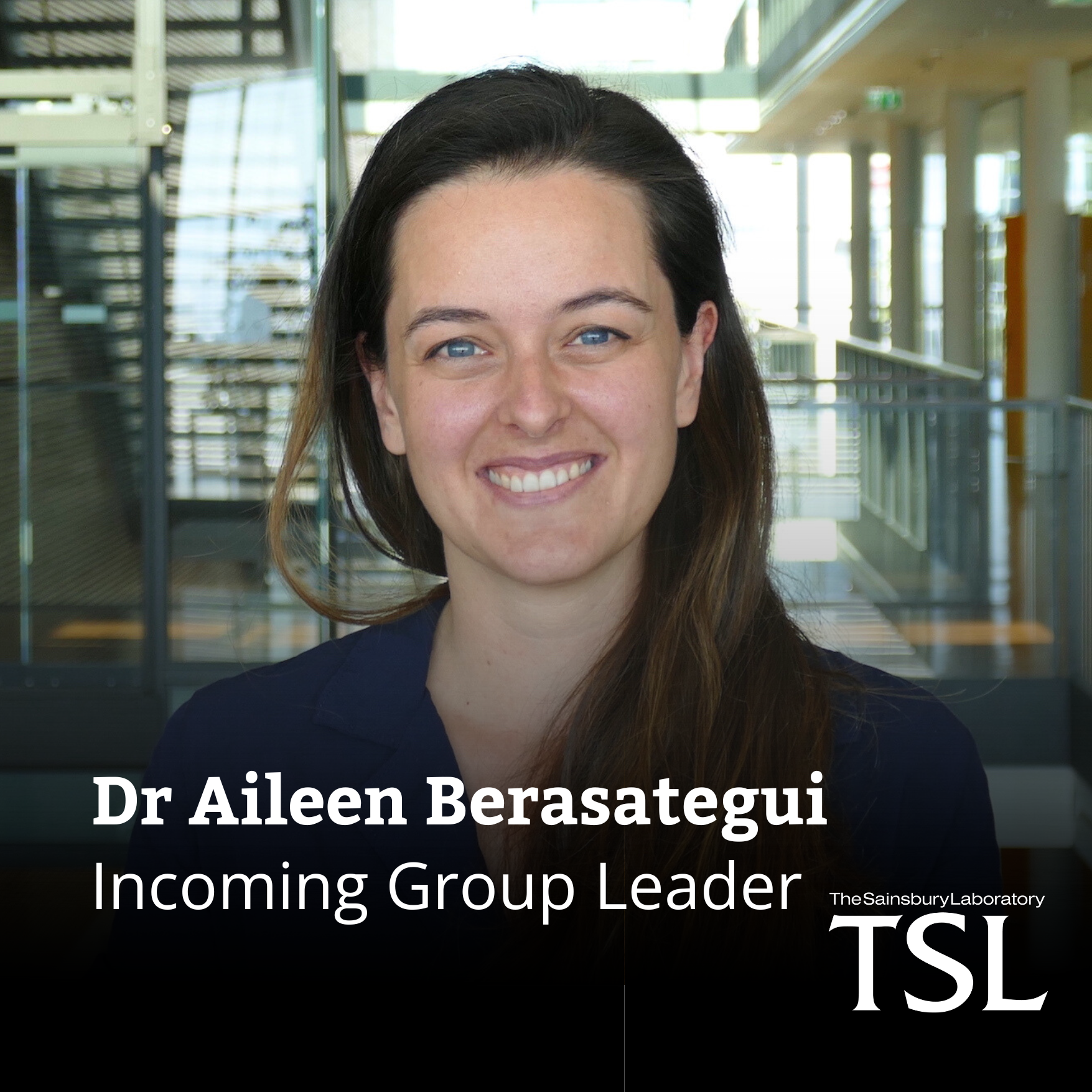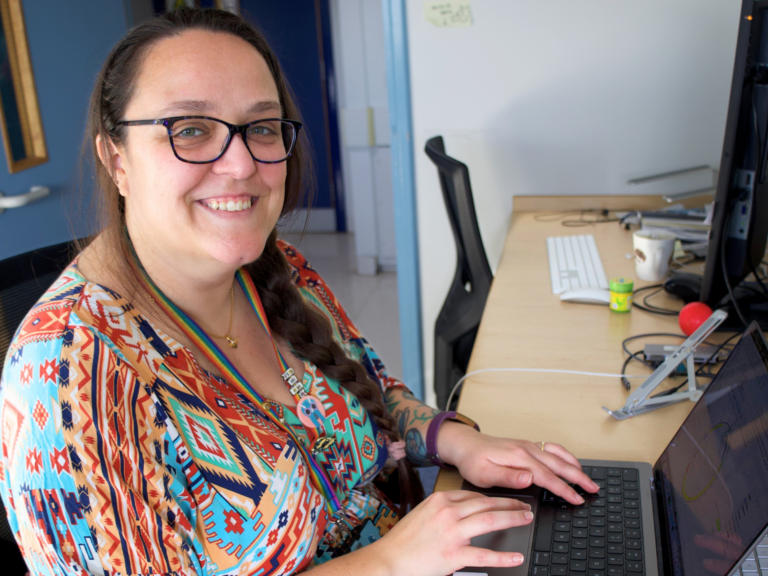New connections in plant immunity
Recent insight into pathogen suppression of plant immune receptor networks delivers exciting innovation for disease resistance.
Researchers developed a novel approach to deliver disease resistance in plants based on recent insights into how plant parasites use effector proteins to suppress immune receptor networks. In their proof-of-principle study, they pinpointed a single amino acid change that prevents a parasite protein from binding with a central protein in the plant immune network.

The potato cyst nematode secretes a type of effector, which is a virulence protein, that can suppress many sensor proteins in plants that are normally responsible for detecting pathogens. It does so by targeting another important plant protein that acts as a central node for downstream initiation of the immune response.
These immunity proteins in question are nucleotide-binding, leucine-rich repeat receptors (NLRs) and form part of wider immune receptor networks where one NLR will have a role in pathogen effector recognition (sensor NLRs) and require downstream NLRs to initiate immune signalling (helper NLRs).
The concept of a receptor network was only proposed six years ago and a sequence of exciting breakthroughs quickly followed, many originating from the productive collaborations between institutes and research groups at The Sainsbury Laboratory.

Image from: Wu, C. H., Derevnina, L., & Kamoun, S. (2018). Receptor networks underpin plant immunity. Science, 360(6395), 1300-1301.
In their 2018 publication on receptor networks in plant immunity, Wu and colleagues suggested that these networks formed because they “enhance evolvability and maintain robustness”.
With this special power of networks in mind, it was only sensible for our scientists to follow suit and collaborate.
“This all started when Hee-Kyung Ahn and myself published our back-to-back papers exploring how NLR networks activate back in 2022.” says Mauricio Contreras, first author of the recently published paper and a PhD student based in Sophien Kamoun’s group at The Sainsbury Laboratory.
Mauricio was studying helper NLRs while Hee-Kyung, a postdoc based in Jonathan Jones’s group, was focused on sensor NLRs. Both research groups are well known for their discoveries in molecular plant-pathogen interactions.
The immune receptor network in the nightshade family, Solanaceae, has been of particular interest to researchers in this field. It is composed of multiple sensor NLRs that require an array of downstream helper NLRs termed NRCs (NLRs required for cell death) to successfully initiate immune signaling.

Plant sensor NLRs recognise certain effector proteins, often associated with a specific pathogen. Plant helper NLRs (or NRCs), on the other hand, can be responsible for activating immunity against multiple types of pathogens.
NRCs are central nodes in a complex network that protects against multiple pathogens, including oomycetes, bacteria, viruses, nematodes, and insects. In 2021, Lida Derevnina, a former postdoc in the Kamoun lab and co-corresponding author of the recently published paper, proposed that the late blight pathogen Phytophthora infestans and the potato cyst nematode convergently evolved to secrete effectors that target these central NRC activities.
Mauricio and Hee-Kyung further investigated the effector-dependent activation of the helper NLRs via sensor NLRs in relation to Potato Virus X and P. infestans and developed more efficient detection methods that led to many of the findings in this paper.
“Our research was coming from different angles but heading to an interesting place of convergence. It felt very natural for us to collaborate on our 2022 papers.” Mauricio explains.
With their complementary sets of expertise, the authors could establish how sensors and helpers in the NRC network activate. Leveraging this discovery in their most recent paper, Mauricio and Lida were able to show that a cyst nematode virulence effector binds and inhibits oligomerization of the helper NLR protein NRC2 by physically preventing intramolecular rearrangements required for activation.

This knowledge led to the discovery that a single amino acid polymorphism at the binding interface between NRC2 and the inhibitor is sufficient for this helper NLR to evade immune suppression.
This approach offers a promising way to simultaneously resurrect multiple upstream disease resistance proteins.

This research not only delivered a promising method for bioengineering diseases resistance, but also catalysed two exciting projects led by TSL alumni.
ResurrectBio is a biotechnology start-up founded by Cian Duggan, Tolga Bozkurt, and the Kamoun Lab, based at Imperial College in London. The team is further developing the technology to resurrect disease resistance and will continue studying pathogen suppression of NLRs. They just recently completed their seed investment round which totals at £1.61M and are on a mission to revolutionize the agricultural industry by giving crops the genetic tools to defend themselves against disease.
Lida Derevnina, who kick-started the work on this nematode effector, is now head of the Crop Pathogen Immunity Group at the Crop Science Centre in Cambridge. There, she will continue to explore the interactions between nematodes and plant immune systems with the aim to develop long-lasting resistance in globally important crops.
A collaborative research culture plus open science can lead to major advances in fundamental science and drive innovation.
Mauricio believes that the quick progression of discoveries within the last couple of years had everything to do with a culture of open science, not only internationally, but also within the institute.
“It’s not just preprints that were essential to the effective dissemination of our findings. Having an open culture at The Sainsbury Laboratory where groups internally communicate their research directions in real time, including the sharing of methods, data and constructs, was key in recognizing where we could collaborate and enhance the quality of our research.” he says.


